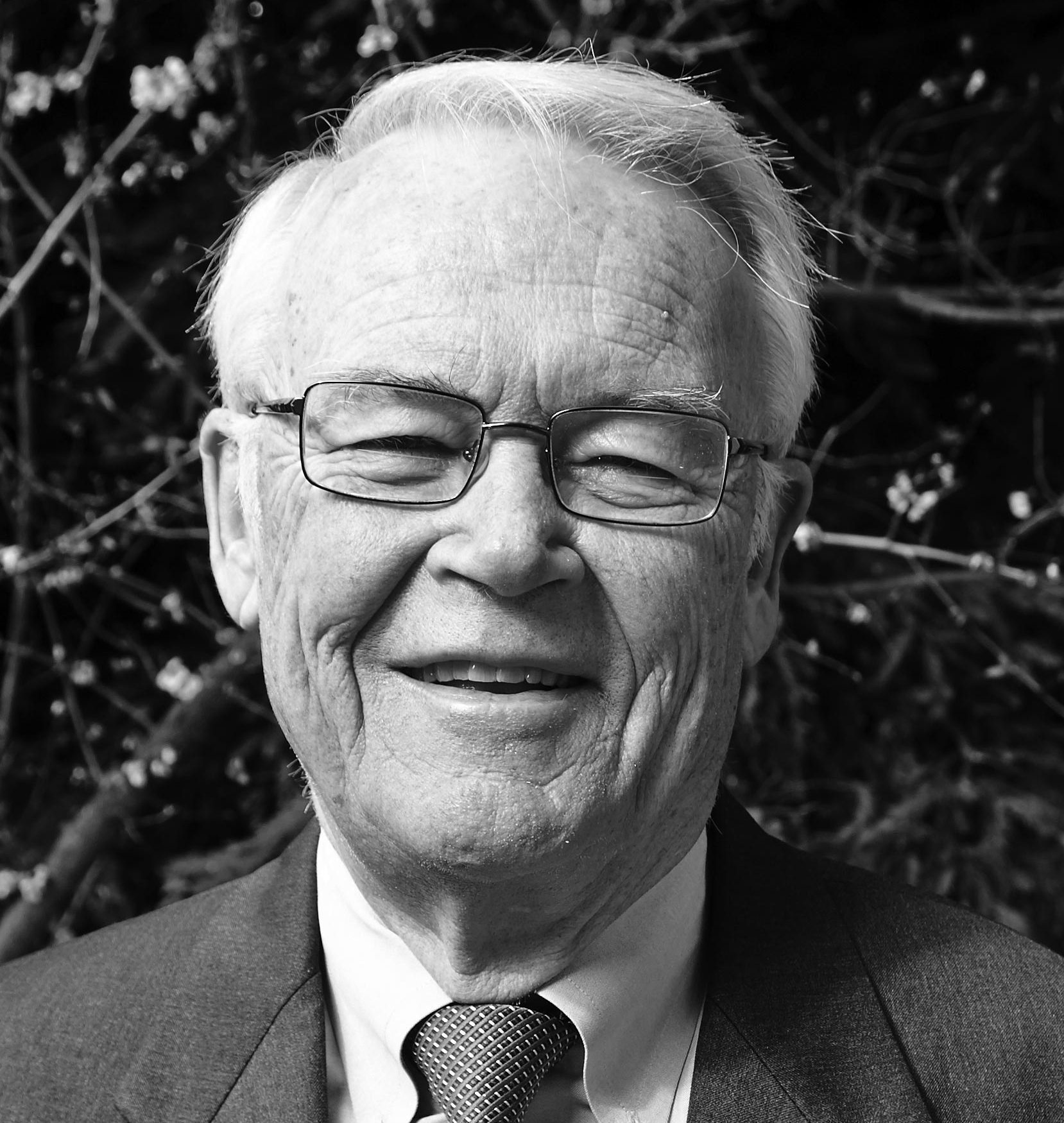BLOG
Red Bull: The Ultimate Brand Builder
This brand’s expert combination of sports, events, content and adrenaline bring its positioning to life.
A pioneer in energy drinks three decades ago, Red Bull is now the world sales leader with estimated 2012 fiscal sales of over $3 billion, profits over $400 million, and a 43% leading US dollar market. To establish a new category in the face of Coke and Pepsi and then hold it for decades is very impressive.
Four observations about Red Bull’s unique approach to brand building:
- Red Bull’s brand building is largely based on associating its brand with an amazingly wide range of people, teams and events.
- Red Bull believes in owning teams and events rather than being one of several sponsors.
- Because of this ownership model, they can and have turned this buzz machine into a profit center.
- Their on-brand activities reflect two very different personalities that live side by side.
The scope of Red Bull activities is overwhelming. It gets involved in a wide mix of sports such as wakeboarding and motorcycle racing, dozens of Red Bull music events, sponsoring athletes such as motocross racer Ashley Fiolek, teams such as the New York Red Bulls soccer team and much, much more. The Red Bull website has entertainment features such as the Red Bull Soapbox Racer video game, weekly rock music bulletins on the Rock Report, plus sections on movies and TV shows as well. The list of their entertainment features goes on and on and is captured on their Facebook Page, which has more than 37 million followers. With well over 100 potential points of contact, Red Bull will connect to their target market many times, in multiple ways. And more importantly, Red Bull becomes a big part of their customers’ lives.
Red Bull believes in owning teams and events so that they have control over the content and the cost. They do not subscribe to the normal sponsorship model where they would have their name attached to an entity they do not control. They own two professional soccer teams, two Formula One car racing teams, the Red Bull X-Fighters (freestyle motocross) World Tour, the Red Bull Air Race (an international series of air races in which competitors have to navigate a challenging obstacle course in the fastest time), the Red Bull Cliff Diving World Series and much more. Even when Red Bull backs an athlete, they get involved; it is not about a logo on a shirt. Their four-year association with Shawn White, who ultimately won a gold medal in snowboarding at the 2010 Olympic Winter Games, involved building a half-pipe training facility in Silverton, CO, complete with support staff to help him train.
And then there is “The World’s Biggest Jump.” In mid-October 2012, well over 10 million watched Felix Baumgartner rise more than 24 miles above the New Mexico desert in the 55-story ultra-thin helium “Red Bull Stratos” balloon, jump off, and reach 830 mph during a 9-minute fall, setting records for both the height of the jump and the speed of descent. Since then, more than 33 million have watched the YouTube video. With the pre-jump and post-jump news features, videos and documentaries there could have been over a billion quality impressions, which meant an incredible ROI, even though the cost might have exceeded $40 million.
Its ability to stage sporting and music events and manage special athletes means that its rich library of video content will always be fresh and will always be expanding. The Red Bull Media House, launched in 2007, creates and markets new and existing content through TV, mobile, digital, audio and print. For example, the 2011 film The Art of Flight showed hundreds of don’t- -try-it-even-in-your-dreams sequences. There are partnership deals such as the one with NBC, the Red Bull Signature Series, which is made up of 15 events spaced out throughout the year. The brand’s magazine, Red Bulletin has a global distribution of 4.8 million. The media presence is extensive and includes the Red Bull TV channel in Europe and Red Bull documentaries elsewhere. There are versions of content in any length and form. The Red Bull mission, to fascinate, is compelling to content users and audience members alike.
“And more importantly, Red Bull becomes a big part of their customer’s lives.”
Although all the activities are around high energy, there are two brand personalities that live side-by-side. One is the serious athlete excelling in difficult challenges. The other is a fun-loving, humorous, whimsical personality as represented by much of their “Red Bull gives you wings” advertising and humorous cartoon videos on their website.
And have you seen a Red Bull Flugtag? It’s a contest that challenges teams of everyday people to build homemade, human-powered flying machines and pilot them off a 30-foot high deck above a water landing. Entrants are judged not only for their flight’s distance but for the creativity and showmanship of the designs and the people operating them. There are designs stimulated by flamboyant kites, by space-age vehicles and by entities that are, for lack of a better expression, hard to describe.
The first Flugtag took place in Vienna, Austria in 1992, and since then more than 35 Flugtags have been held around the world, attracting up to 300,000 spectators. The record for the farthest flight-to-date currently stands at 207 feet set in 2010 at Flugtag Minneapolis/St. Paul. It is just one representative of the whimsical Red Bull brand personality.
FINAL THOUGHTS
Red Bull is exceptional in telling its brand story in so many compelling, involving ways. And though all of their activity is on-brand, it is far from a “focused” strategy. Taking the next step to building a profit center was not only a smart strategic move, it was the ultimate tribute to their brand-building effort.
